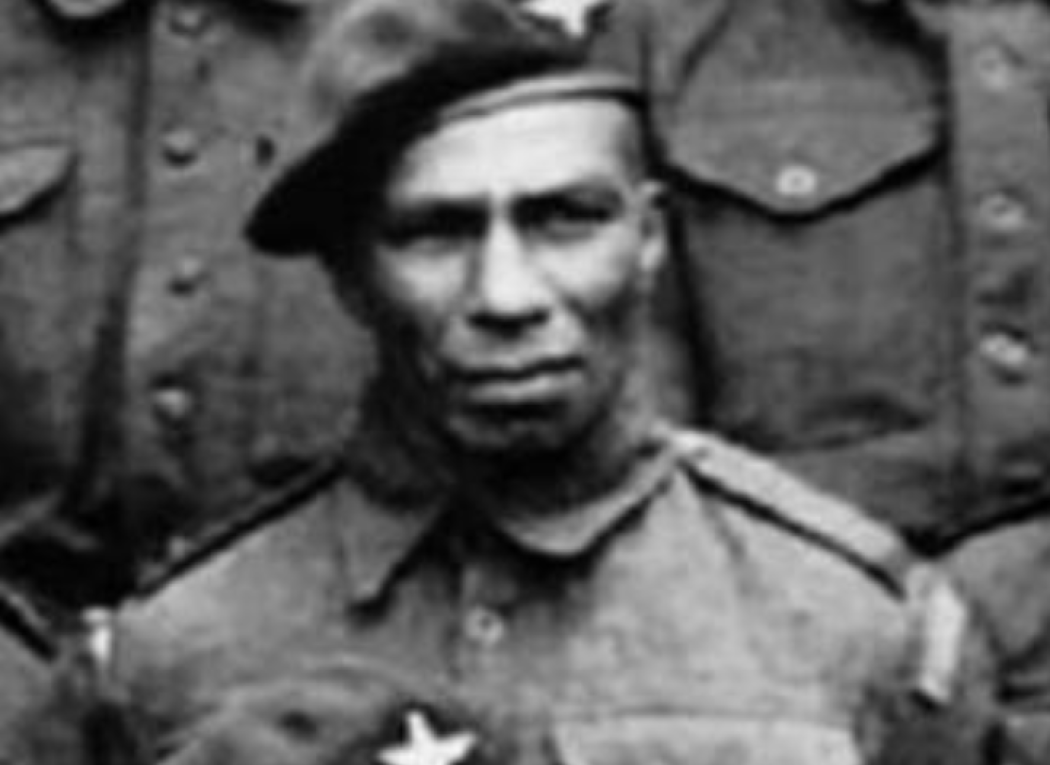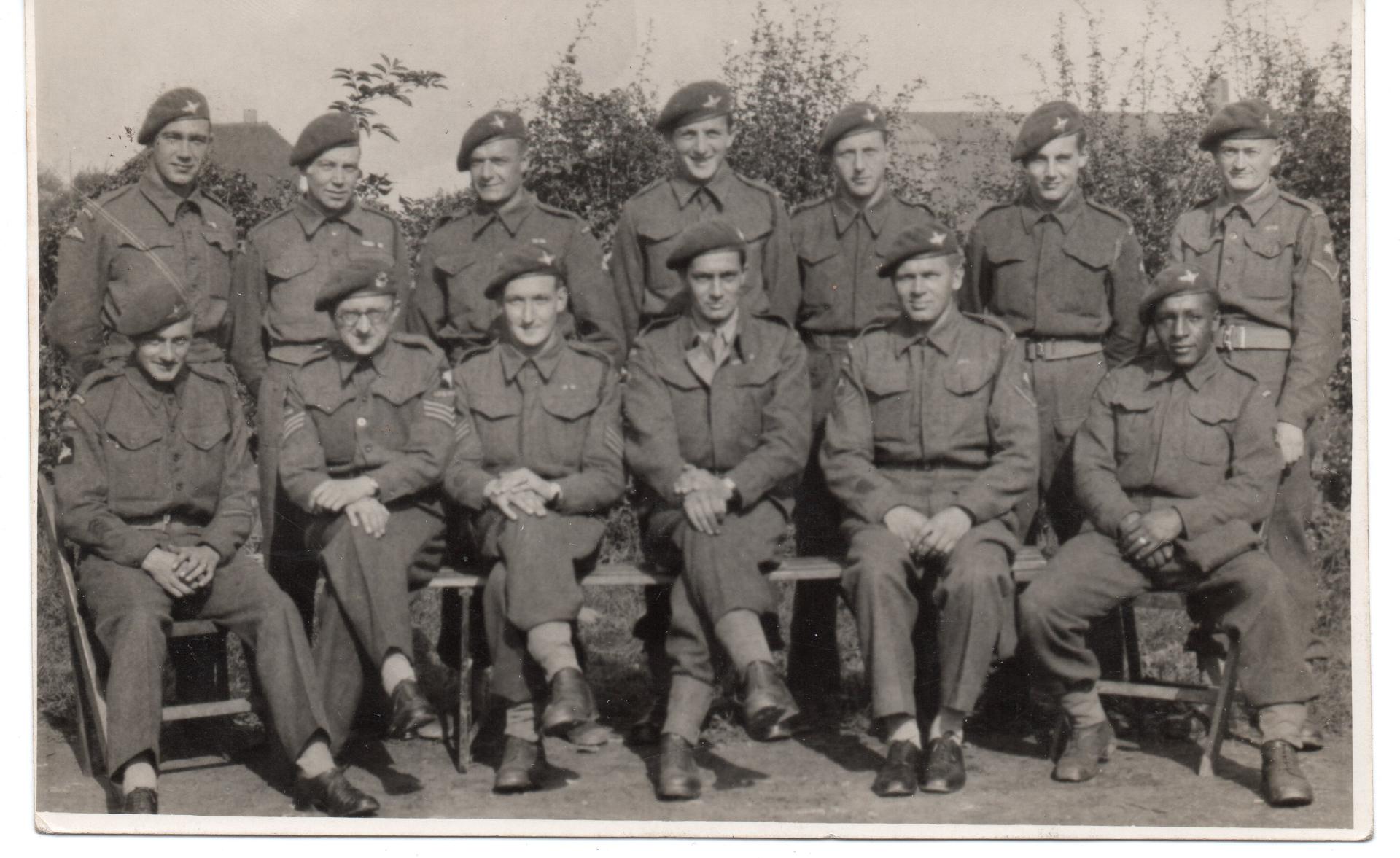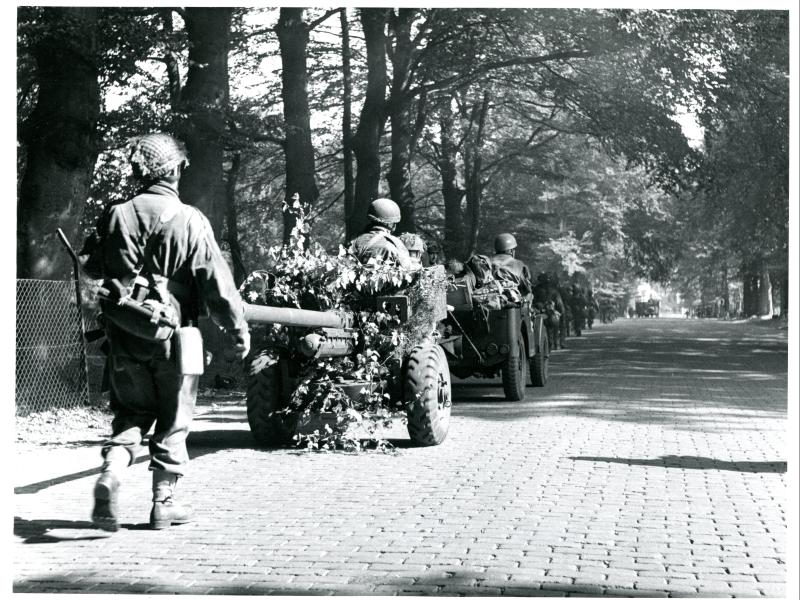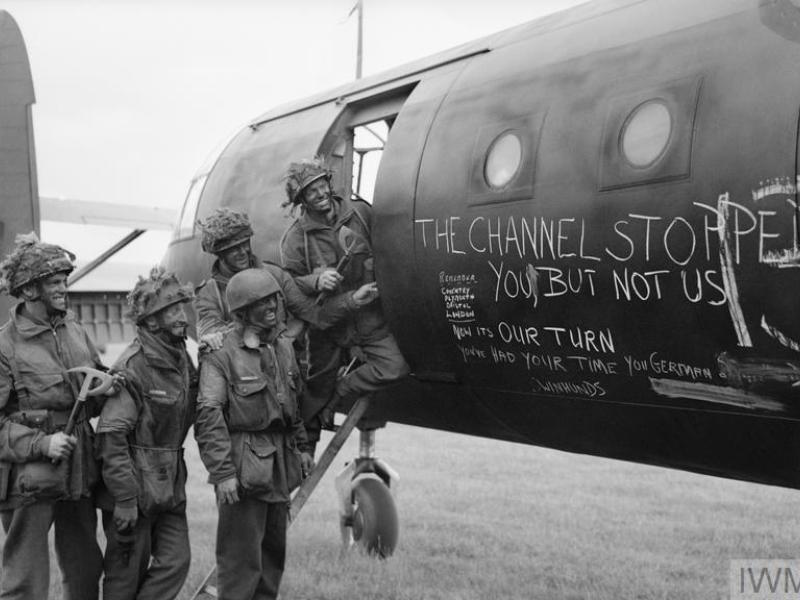British African-Caribbean Airborne Soldiers

Follow the links below to Paradata to read about three British African-Caribbean soldiers who are known to have served with the 1st or 6th Airborne Divisions.
Sergeant Sidney Cornell, DCM - 7th (Light Infantry) Battalion, The Parachute Regiment
Sergeant Cornell's Distinguished Conduct Medal Citation
Short film about Sgt Sidney Cornell DCM
Corporal Roland West - 156th Battalion, The Parachute Regiment
Trooper Cecil Bolton - 1st Airborne Reconnaissance Squadron
Trooper Cecil Bolton (Paradata)
Accounts mentioning Trooper Bolton in Arnhem (Paradata)
Trooper Cecil Bolton (Pegasus Archive)
Sniper Charles Bolton, 1944 (Historian Jeffrey Green)
3915723 Private Joseph Albert Dixon, Intelligence Section, 3rd Parachute Battalion
Joseph Dixon was born on 15 November 1922, and came from Cardiff, Glamorgan, South Wales. Before enlisting he worked as an asphalt spreader. 1
He enlisted into The South Wales Borderers on 19 February 1942. 2
He volunteered for Airborne Forces in 1943 and after completing the selection process at Hardwick Hall he was sent on Parachute Course 61 at RAF Ringway, 19 April - 3 May 1943. His Parachute Instructor's comments were:
‘Outstanding performer. Well disciplined. Would make good NCO’. 3
He was probably sent as a reinforcement to the 1st Parachute Brigade in North Africa, where he was assigned to the 3rd Parachute Battalion.
It is not known if he took part in the parachute operation on Sicily in July 1943, or in Operation SLAPSTICK – the naval landing at the Italian port of Taranto – in September 1943, but by 1944 he was based in Spalding and was a member of the Battalion's Intelligence Section.
On Sunday, 17 September 1944, he took off from Saltby aerodrome aboard a C-47 of the US 314th Troop Carrier Group, bound for Dropzone ‘X’ near Renkum, just outside Arnhem, as part of Operation MARKET GARDEN. He jumped successfully and after moving to the rendezvous point, he set off with the rest of the Battalion along Route TIGER towards the objective – Arnhem road bridge. However, after moving only a few miles along the 6 to 7 miles to the bridge, they met strong enemy opposition and were involved in fierce fighting in the area of western Oosterbeek.
Private Dixon was captured on Monday, 18 September 1944, and sent to Stalag IVB at Mühlberg in Germany. Here he was given Prosoner of War No 294163. He remained there until October 1944, when he was moved to Stalag IVC at Teplitz. He was put to work at various work camps during this period, until being liberated by advancing Allied troops in May 1945. 4
He was released to the Army Reserves on 19 January 1947. 5
Acknowledgement
We are very grateful to Bob Hilton for supplying this information about Private Dixon.

Intelligence Section, Headquarter Company, 3rd Parachute Battalion, Spalding. 1944.
Back row, L-R: Privates K Simmons, E W Hooper, W J Chitty, L Harrison?, ? , R T Smith, L/Cpl S L Fensom
Front row, L-R: Private A H Tall, Education Sgt, Sgt G L Smith, Lt A P Vedeniapane, Privates W. Impey, J A Dixon
If you have any information that you would like to share with Paradata and Pegasus Archive, or have any queries about the history of British Airborne Forces, please contact them by clicking on these links:


